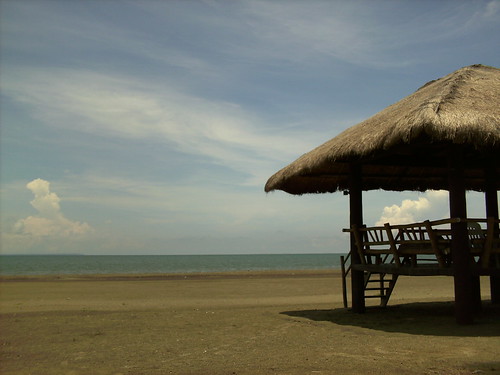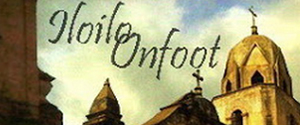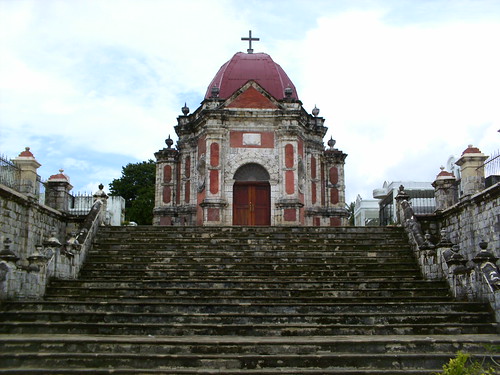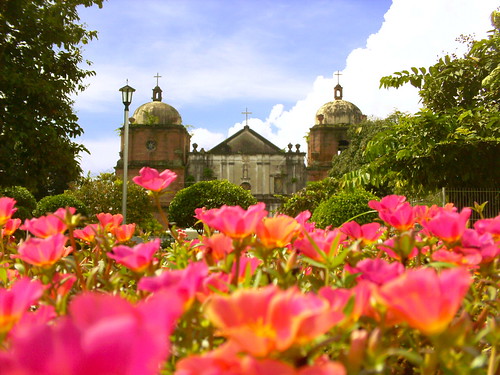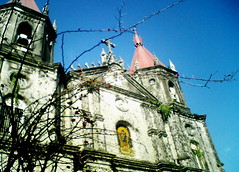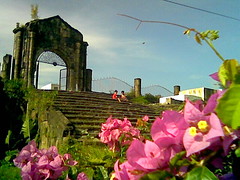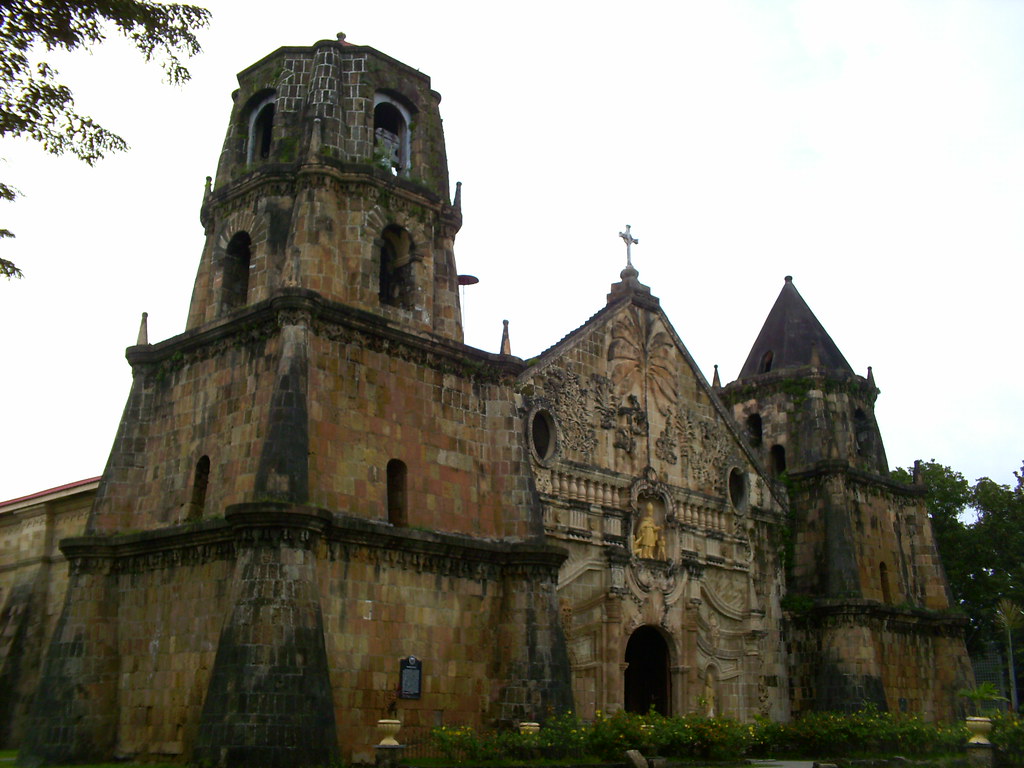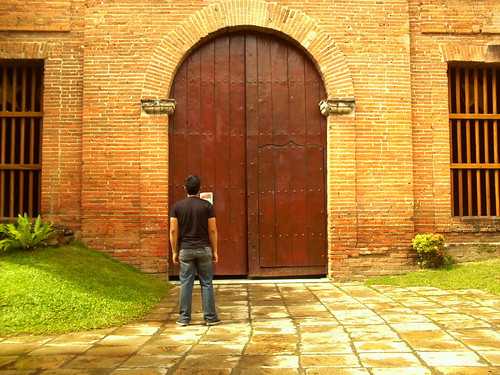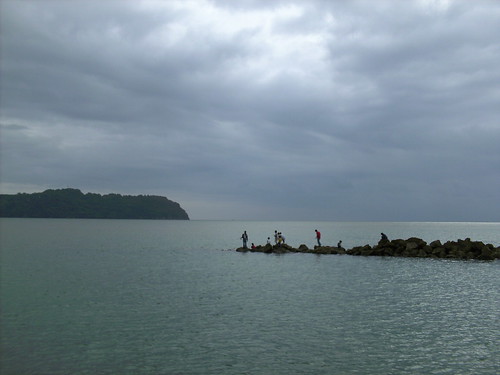 During the early Spanish period, La Punta or the downtown city was ocassionally attacked by Moro Pirates and Dutch Invaders. The Spanish government in Iloilo therefore initiated the construction of a fortress that will protect the thriving trading centre . It became one of the best fortresses in the country, a model of medieval Spanish architecture. However, the only problem with the fortress is that it was built close to the sea where it was too exposed to the strong waves. Because of this, the walls of the fortress deteriorated as time passed by.
During the early Spanish period, La Punta or the downtown city was ocassionally attacked by Moro Pirates and Dutch Invaders. The Spanish government in Iloilo therefore initiated the construction of a fortress that will protect the thriving trading centre . It became one of the best fortresses in the country, a model of medieval Spanish architecture. However, the only problem with the fortress is that it was built close to the sea where it was too exposed to the strong waves. Because of this, the walls of the fortress deteriorated as time passed by. After the devastating bombing of Iloilo, Fort San Pedro was completely destroyed. The only remnants of this known spanish fortress are the large pieces of limestone blocks which were used to build its once massive walls. Even if the century old fort was ruined, it was never removed from the hearts of every ilonggo. It has been converted into an esplanade where one can simply watch over the sunas it sinks behind the long silhoutte of Guimaras Island.



